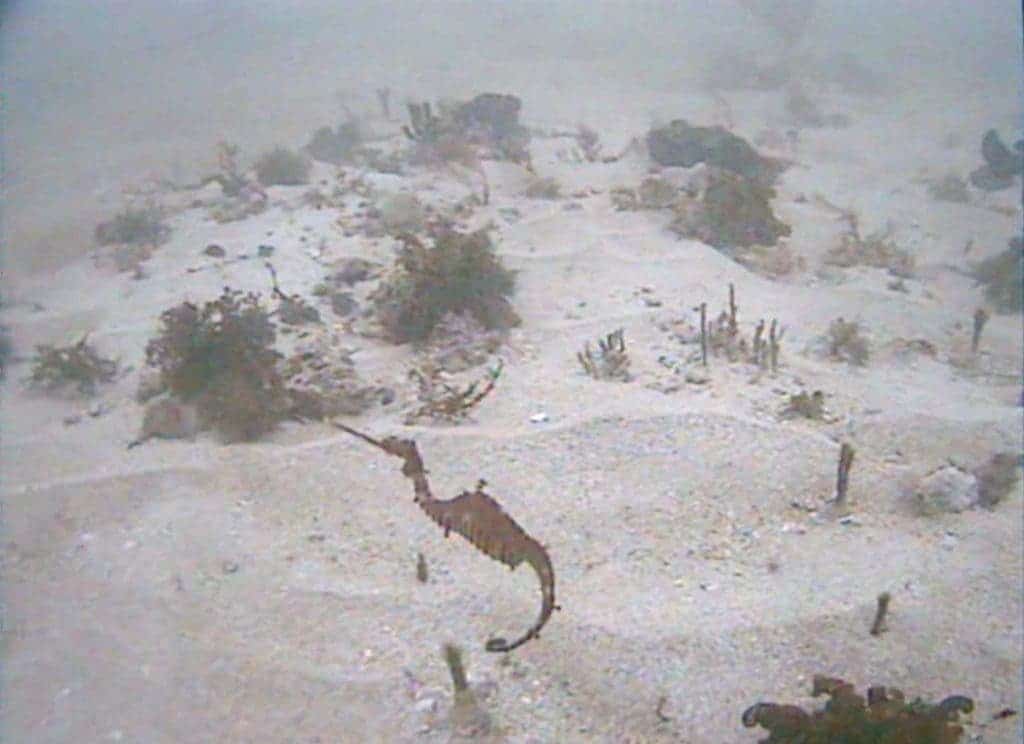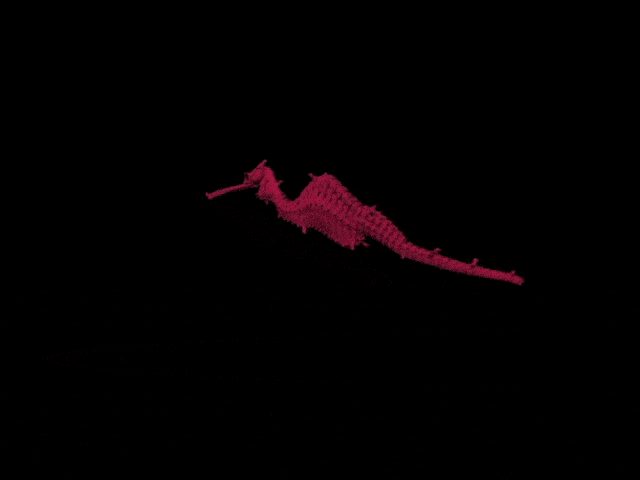
The ruby seadragon is one rare fish, almost true to its mythical name. It’s a relative of the seahorse and for the last century or so the only things we knew about it came from some preserved specimens. In a stroke of luck, scientists found and filmed a ruby dragon in Western Australia’s Recherche Archipelago. It’s the first time this gorgeous animal has been seen alive.
“The discovery showed us that we can still find big, charismatic, bright red fish that no one has ever seen before,” said Josefin Stiller, a Scripps graduate student who participated in the discovery.
Red needle in the haystack
Unlike its cousins, the common and leafy seadragons, which are far easier to find, the hunt for the ruby dragon proven to be extremely challenging. Luckily, the team of researchers from the Scripps Institution of Oceanography at UC San Diego and the Western Australia Museum had some clues to follow and make their search a bit easier.
The dragon, Phyllopteryx dewysea, was described as a distinct species in 2015 based on analyses of museum collection specimens — all had been retrieved already dead. One of these specimens was found in 2007 at a depth of 170 feet (51 meters). In contrast, the common and leafy seadragons don’t swim deeper than 100 feet (30 meters). If the team was to ever find a ruby seadragon, it had to go very deep.

In 2015 and 2016, two other specimens washed ashore near the spot where the 2007 specimen was found. This prompted Greg Rouse, a biologist at Scripps, and colleagues to set out on an expedition in the area in April 2016.
They made four dives with a remote-controlled submersible and managed to film not one, but two ruby seadragons at a depth of 167 feet. Some of that footage is shown here, featuring the fish as they swam through a neat garden of sponges going about their business, namely munching on their favorite food — tiny crustaceans called mysids.
This fortunate run, all undertaken during a single day, revealed some never before known details about the lives of ruby seadragons. We now know that they feed similarly to its fellow seadragons, striking at its prey. They’re also similar in size, ranging from 23 to 25 centimetres (9 to 10 inches) in length. Unlike its leafy cousins, however, the ruby seadragon has a prehensile tail. The dragon uses it to cling to objects and thus avoid being swept away when the water surges, as described in a paper published in Marine Biodiversity Records.
More than anything, though, the elusive ruby seadragon is a testament that many mysteries of nature are waiting to be discovered. You just have to keep turning rocks.
“There is hidden biodiversity in the sea,” Rouse told National Geographic. “A big, charismatic fish like the ruby seadragon represents that.”


